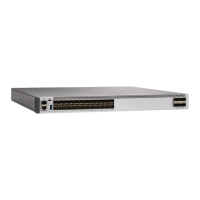
Do you have a question about the Cisco Catalyst 9500 and is the answer not in the manual?
| Software | Cisco IOS XE |
|---|---|
| Energy Efficiency | Energy Efficient Ethernet (EEE) |
| Warranty | Limited Lifetime Hardware Warranty |
| Series | Catalyst 9500 |
| Ports | Up to 48 ports (varies by model) |
| Power Supply | Redundant power supplies |
| Operating Temperature | 0°C to 40°C |
| Weight | Up to 35 lbs (varies by model) |
| Memory | 16 GB DRAM, 16 GB Flash |
| Modularity | Modular uplinks and power supplies |
| Security | Cisco TrustSec, MACsec |
| Redundancy | Power supply redundancy |
| Management | CLI, SNMP, NETCONF |
| Latency | Sub-microsecond |
Manages system time and date using automatic or manual configuration methods.
Details the Network Time Protocol (NTP) for synchronizing device time across a network.
Contains address information used by the device to forward traffic between ports.
Provides steps to manually configure the system clock and date after a restart.
Explains how platform identity and software integrity information is made visible and actionable.
Describes how to verify platform identity and software integrity using SUDI chain.
Details the sequence of operations during the normal device boot process.
Provides an overview of the Software Install feature for upgrades and downgrades.
Describes the two supported modes for booting software packages: Installed and Bundle.
Explains DHCP's role in providing configuration information to devices.
Details the function of the TFTP server in downloading configuration files.
Lists requirements for configuring Smart Licensing, including a Smart Account.
Describes Cisco Smart Licensing as a flexible and secure licensing model.
Explains Cisco Smart Software Manager (CSSM) for managing licenses.
Provides steps to register a device on CSSM using a unique token.
Details commands to monitor smart licensing compliance and status.
Introduces Application Visibility and Control (AVC) for classifying applications.
Outlines limitations and unsupported configurations for wired AVC.
Provides steps for configuring application visibility and control on wired ports.
Details how to enable application recognition using NBAR2 engine.
Explains how to create AVC QoS policies using class maps and policy maps.
Explains how SDM templates configure system resources for specific features.
Describes customizable SDM templates for optimizing system resources.
Provides steps to configure SDM templates to maximize feature usage.
Shows example outputs for displaying SDM template information.
Details how switches send system messages and debug output to a logging process.
Describes the format and elements of system log messages.
Explains how to send messages to specific locations in addition to the console.
Provides methods for monitoring and maintaining system message logs.
Introduces online diagnostics for testing hardware functionality on a live network.
Details various GOLD tests for diagnosing hardware and software issues.
Provides procedures for configuring and starting online diagnostic tests.
Explains how to schedule online diagnostics to run at designated times.
Details how to configure health-monitoring tests and enable syslog messages.
Lists requirements for managing configuration files, including familiarity with CLI.
Highlights limitations and platform-specific availability of configuration commands.
Explains how to enter configuration mode and select command sources.
Provides procedures for copying configuration files from TFTP, RCP, or FTP servers.
Details how to specify ordered lists of network and host configuration filenames.
Lists requirements for Secure Copy, including SSH and RSA key pair.
Explains Secure Copy feature for secure file copying using SSH.
Provides steps to configure Secure Copy server-side functionality.
Details how to configure server-side functionality for secure file transfer.
Provides examples for configuring Secure Copy using local and network authentication.
Describes indentation rules for configuration files and memory requirements.
Details limitations related to memory and specific Cisco commands.
Explains the Configuration Archive feature for managing configuration states.
Provides tasks to replace running configuration with a saved Cisco IOS configuration.
Details commands to monitor and troubleshoot configuration replace and rollback.
Explains the BIOS protection feature for secure ROMMON image upgrades.
Details the process of upgrading ROMMON images stored on SPI flash.
Describes the capsule upgrade process for the golden ROMMON.
Notes that SMU supports patching using install mode only.
Defines SMU as a package for system fixes or security resolutions.
Provides information on installing, activating, and committing SMU packages.
Shows how to use the 'install add file activate commit' command for SMU installation.
Describes the flash file system for storing software bundles and configuration files.
Shows how to display available file systems using the 'show file systems' command.
Explains how to specify the default file system using the 'cd' command.
Details how to copy files between source and destination using the 'copy' command.
Ensures software images, configurations, and power are backed up and stable.
Notes limitations on software patches and VTY sessions during factory reset.
Explains that factory reset erases customer data and restores original configuration.
Provides procedures for performing a factory reset on standalone and stacked devices.
Describes Secure Storage for encrypting critical configuration information.
Provides steps to enable the Secure Storage feature on the device.
Details how to disable Secure Storage, storing user data in plain text.
Explains how to verify encryption status using 'show parser encrypt file status'.
Allows selective debugging and logging for specific features based on conditions.
Provides ability to stitch execution chains for operations with increased verbosity.
Details where tracefile logs are generated and saved.
Provides steps to configure conditional debugging for MAC addresses.
Notes that Consent Token is enabled by default and cannot be disabled.
Describes Consent Token as a security feature for authenticating administrators.
Details the process of Consent Token authorization for accessing system shell.
Describes issues arising from corrupted software or deleted image files.
Explains recovery procedures for lost passwords via boot process interruption.
Details how to use IP ping to test connectivity to remote hosts.
Allows the switch to identify the physical path of a packet using MAC addresses.
Identifies the path packets take through the network on a hop-by-hop basis.
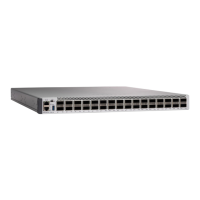
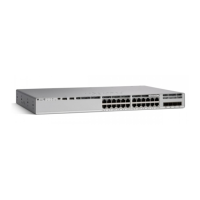
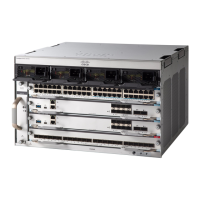


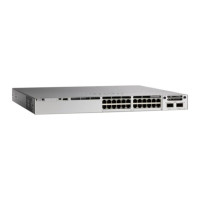
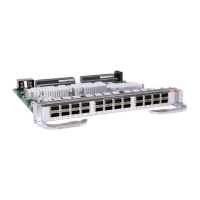
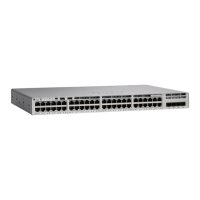
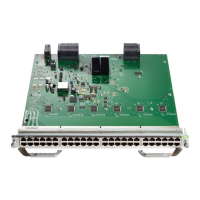
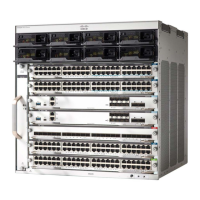

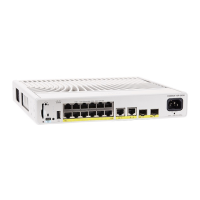
